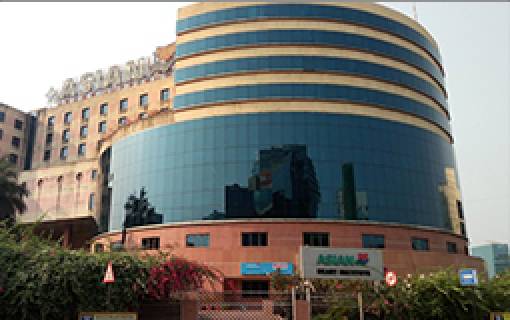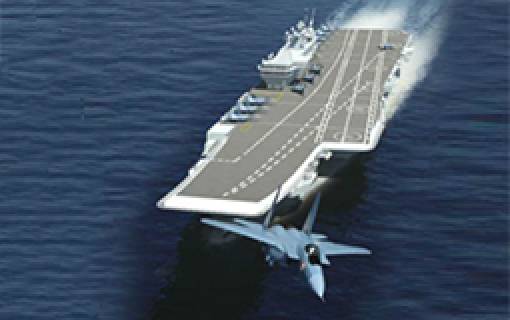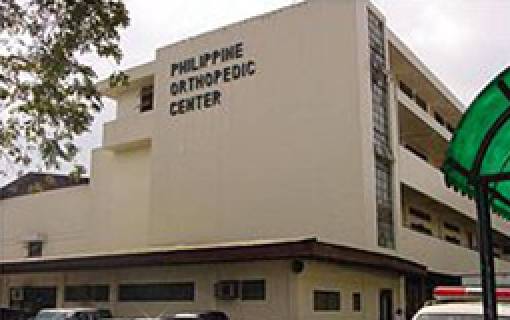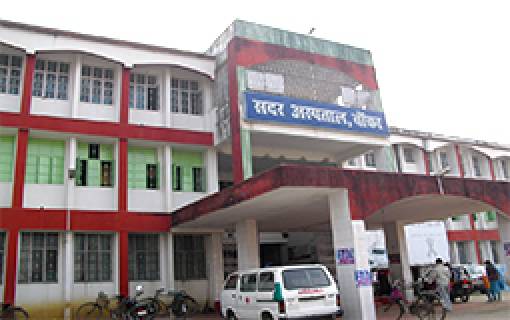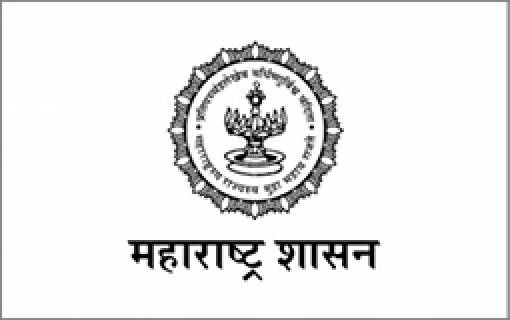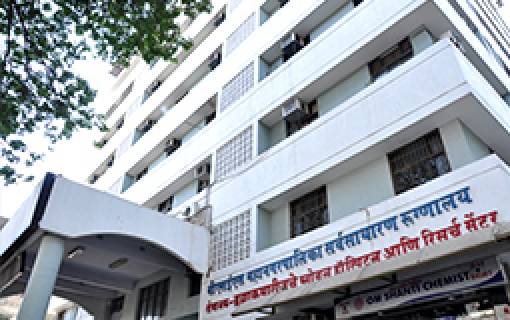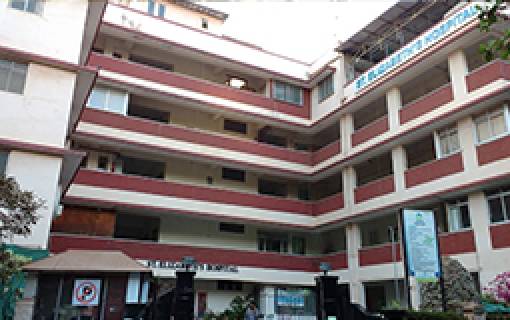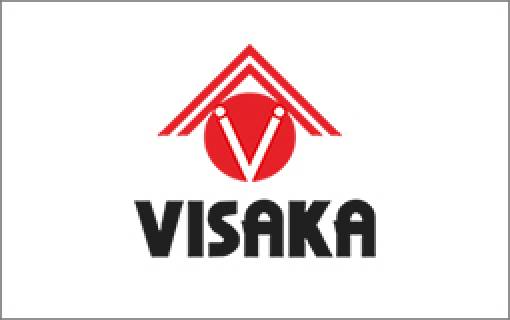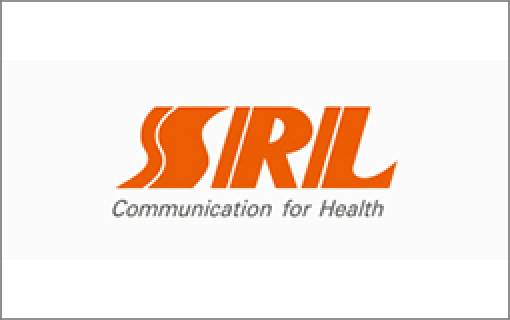Tariff setting through costing of services in hospitals - the importance
Today hospitals offer numerous clinical services under one roof. Whilst the business is capital-intensive, these services are offered 24x7x365 ensuring uninterrupted, quality patient care.
Most private hospitals also cater to economically challenged patients offering them free to subsidised care. Considering the high cost of quality healthcare delivery, this benevolence has to be cross-subsidised by the paying patients.
Then there are public sector hospitals offering free treatment primarily meant for poor patients. Whilst the objective of these institutions is not `making profit’ sustainability of these hospitals calls for judicious utilisation of both the capital and operational funds.
Irrespective of the type of hospital, it is imperative that the hospital management practices tariff rationalisation using a robust costing system. Unfortunately many traditional hospital managements base their tariff on benchmarking as opposed to their corporate hospital counterparts who have profited from good costing systems practice inception.
An effective costing system ensures cost effective services to patients, leading to patient loyalty to the hospital whilst maintaining a healthy top and bottom line. This especially important for new entrants in the industry as they need to get sure start in this vertical.
Health insurance adds a new dimension to healthcare delivery. Insurance companies keep a tight leash on the hospital charges that are levied on their insured patients. What with deductibles, co-payments, etc. all claims by hospitals do not get settled fully. Then there is a time element wherein costs are incurred upfront and outstanding amounts received only after a several weeks. This again calls for costing of services whereby both the hospital / patient get reimbursed without much ado.
Hospitals render varied services through different departments, some of which are direct costs which are simpler to track and account for. However, support services are intangible costs and difficult to factor in. These need apportioned very judiciously.
Today, any multi-speciality hospital will have multiple revenue centers as well as several support service centers. The former will be classified in keeping with the level of services for different patient category types based on their needs and paying capacity.
This results an extensive list and classification of services, thus calling for ascertaining true costs of services and setting of Schedule of Charges. Costing is done by careful analysis of past data, comparative data from other hospitals, study of utilization of capacities and actual utilisation of assets. Techniques are applied to specify acceptable costs and charges that permit optimization of capacity utilization, leading to acceptable, overall revenues. The outcome is availability of adequate funds for growth and development for the hospital.
This industry is unique from other industries where pricing of products / services is generally uniform. In hospitals most of the services rendered are charged differentially (or not charged) based on the class of patients.
In effect, the final charges have no direct relevance to ‘costs’ individually. Yet, the overall revenue from the charges recovered from all patients needs to meet the total costs incurred, to render the service or department self-sufficient. A comparison of expected revenue and costs can be achieved only by an exhaustive analysis of past quantitative and financial data. Thus, detailed statistics are vital for costing of services and fixing of schedule of charges.
Typically, one needs to setup various monitors across the hospital, which will provide necessary data for computing the costs. A good Hospital Information Management System should form the basis for the costing system. This should track resource utilization across the hospital. These assets can be infrastructure, medical equipment, materials or personnel. Each department has a key driver and the system should track these drivers on a continuous basis to ensure efficiency.
A good costing system facilitates generation of this valuable data on continuous basis to enable managements to evolve a budgeting system with adequate control over the working of the hospital.
Doctor incentives
Today some hospitals adopt an incentivized payment for their doctors. Costing systems allow management to establish a transparent incentive pattern for their doctors for the services rendered.
New acquisitions
When procuring a new medical equipment or asset, the costing system enables the management to authenticate the feasibility of the project. Moreover, this also allows tracking the status of the project/s post commissioning.
Monitoring factors impacting pricing
A costing practice allows tracking factors affecting pricing. For instance, any major variation in material costs allows recalculating costs quickly, thereby tariff changes.
Any which way, hospital managements need to ensure efficient utilization of costly resources. For this, taking informed decisions on pricing at all times plays a key role. An effective and efficient costing system is thus essential for hospitals to accomplish this crucial task for the successful of their operations.
We would love to talk to you about your vision for your healthcare project and provide meaningful insights into how we can help you realize your goals. We look forward to hearing from you.
Project Highlights
We have had a proud association with various prestigious clients and projects.
Need Help? Send in your query.
Please fill out the form below and we will get back to you as soon as possible.



